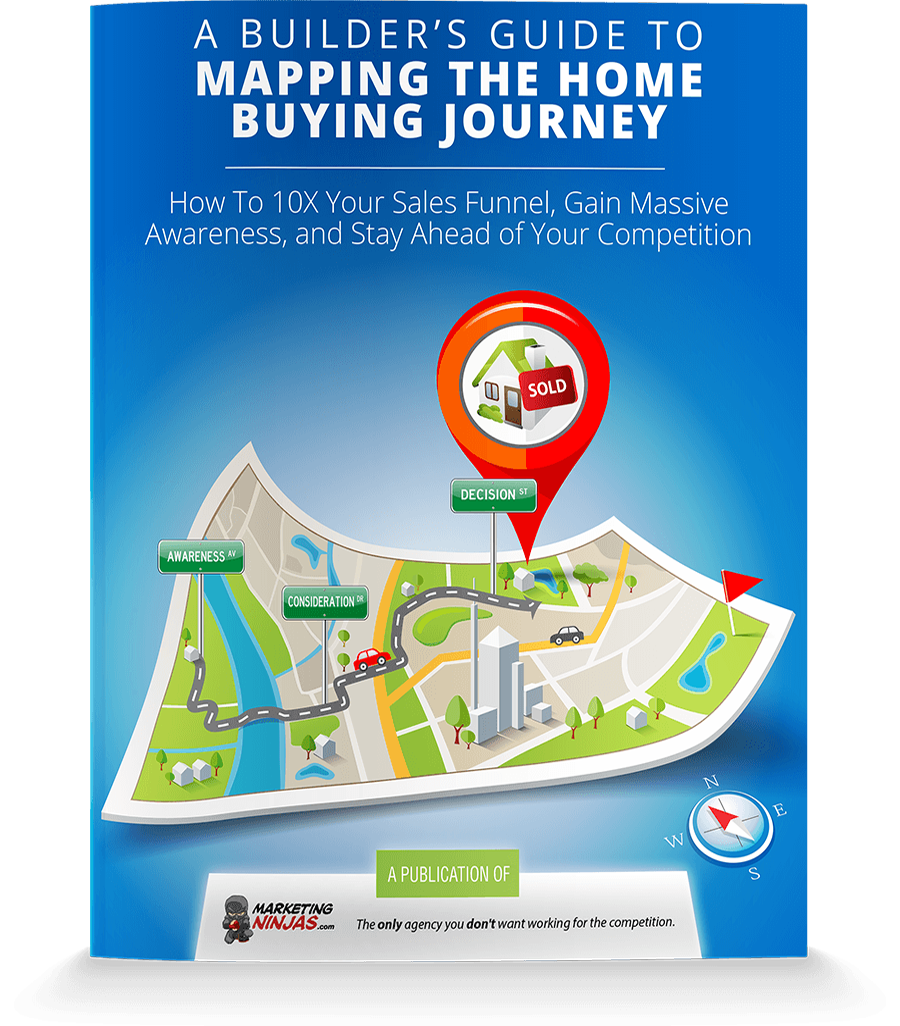Do you want to increase your search engine visibility and have your target audience be able to find your content with ease? The best way to do this is to know how to optimize your web pages for search engines.
Each piece of content you create and publish on your blog should follow the guidelines shown in the QuickSprout infographic below.
The success of your content marketing strategy involves much more than just keeping your reader's attention. First, they need to be able to discover the valuable content you've created. These 9 Web Page SEO tips will get your content ranked higher and shown to more users who are searching for information that's relevant to your business:
The first 3-5 words in a URL are given more weight. This should be where your keywords are. Abbreviate your key phrase when possible so your extension isn't too long.
Keep your title tag under 55 characters. Google displays the first 50-60 characters of a title or as many characters as will fit into a 512-pixel display. Also, don't forget to mention the target keyword in your title and wrap it in an H1 tag within your post.
Having an assortment of pictures, videos and gifs on your blog posts will help reduce the bounce rate and increase the time visitors spend on your site. Visual media will also help you boost the user-interaction signals that Google has been paying more attention to.
Outbound links to related pages is a relevancy signal that helps Google figure out what your page's topic is about. It also shows Google that your page is a hub of quality information. As a general rule, make sure that any outbound links you add to your pages are set to no-follow.
According to Moz, your keyword should appear in the first 100-150 words of the article.
Google has a technology called LSI, which is like a thesaurus, and they analyze the meanings of different keywords on a page to determine a page's relevancy.
If you have original images, you need to optimize the image file name and ALT tags by including your targeted keywords.
By adding social sharing buttons, you will indirectly improve your chance of receiving inbound links. This strategy has proven to be an effective way to use social media for business.
Pages that ranked on the first page of Google have a word count above 2,000 words. Of course, the optimal word count will vary by industry, but it's a good idea to keep your articles on the longer side.

 Photo credits: search bar
Photo credits: search bar

Wait! Before you go, grab a FREE copy of:
Updated for 2021! Discover how to 10X your sales funnel, gain massive awareness, and stay ahead of your competition. Subscribe to the Velocity23 blog and download your free copy now!
© 2025 Velocity23. All rights reserved.